The Netherlands has so much more to offer than just Amsterdam. We have got a rich variety of nature. for example, we have the largest coastal tidal wetland in Europe, our version of the Sahara (Loonse and Drunese duinen), beaches, sand dunes, forests, you name it. Today, I want to talk about a special natural phenomenon in summer namely, the blooming heather fields in the Netherlands.
If you happen to be in the Netherlands around mid-August to the first two weeks of September, chances are the heather is blooming. This causes large parts of the Netherlands to turn purple; a spectacular sight that should not be missed!
Of course, the blooming period doesn’t work like a train schedule. The weather does play a big part in the timing of the blooming period. Has it been a dry period? Or wet? Are there any insects ruining the plants? Or fires? Lucky for you there are plenty of websites that provide information about the heather. Check outStaatsbosbeheer or Natuurmonumenten (Do turn on a translator, unfortunately, the websites are in Dutch only) for updates about the heather so that you won’t miss it.
Heather fields are located all over the Netherlands, some a little more scenic than others, but all are definitely worth visiting.
So where exactly do you have to go? I have compiled a list of the best heather fields in the Netherlands. Check it out:
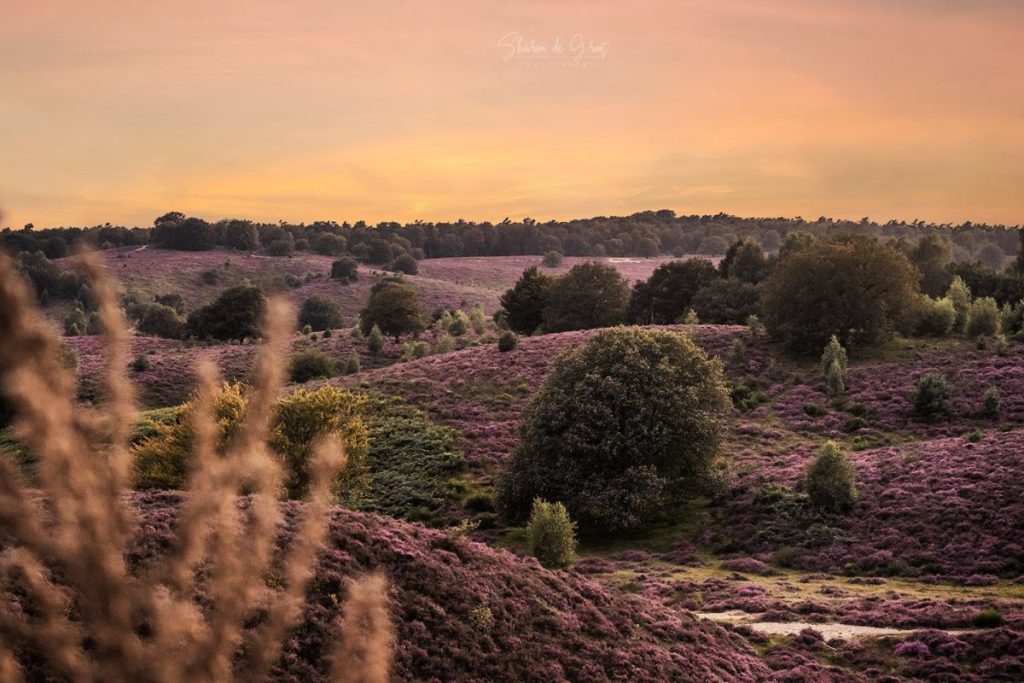
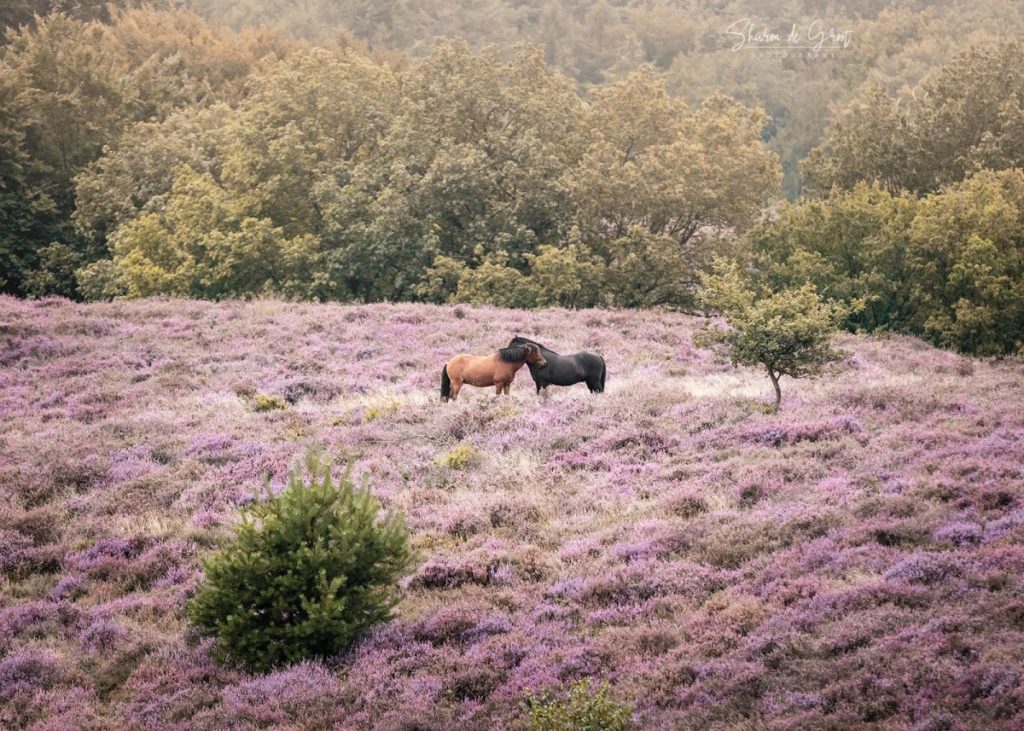
1. Posbank, Veluwezoom National Park (Gelderland)
One of the most popular heather locations is the Posbank, which is the highest point in the Veluwezoom (90m because this is still the Netherlands), from there can see the purple hilly landscape. It is a photographer’s heaven, especially during sunrise because then there often is a thin layer of fog making it seem like a picture straight out of a fairytale.
Things to do
You can follow various hiking routes through the heather fields or the forest (or both). There are also biking routes starting from the National park’s visitor centre. Aside from stunning landscapes, the park might also surprise you with its wildlife. At the Veluwezoom, you can find boars, deer, Scottish highlanders, Icelandic horses, and a herd of sheep.
Getting there
By car: There is actually parking right next to the Posbank (Beekhuizenseweg 1, 6991 JM Rheden), however, you cannot get there until the sun has risen because it’s in the middle of the park. Do keep in mind that it can get busy in the summer months.
By public transport: Best is to take a train to Rheden, which is right across from the national park. From Amsterdam, it takes about 1 hour and a half 1 hour and 3 quarters to get to Rheden. From there it’s a 34 min walk to the Posbank or 15 minutes to the nearest visitor centre (via Schietbergseweg, Heuvenseweg 5A, 6991 JE Rheden) I recommend installing the NS or 9292 app. These are the public transport apps we use in the Netherlands)
2. Loonse en Drunese duinen (North-Brabant)
The Loonse and Drunese Duinen is another interesting national park because it has an ever-changing landscape. Over here you’ll find forests, heather fields and most of all sand. 270 hectares of sand. It’s basically a small Sahara. The wind changes the landscape so no visit will ever be exactly the same. We’re not here to talk about sand though, this post is all about heather and thankfully there are loads of heather around here.
Things to do
You wouldn’t be in the Netherlands if there weren’t any bicycle trails, but if you prefer to walk there are plenty of routes to choose from.
Getting there
By car: It’s best to head to the entrance in Udenhout. You can find parking at this address: Schoorstraat 50, 5071 RC Udenhout. It’s a 1 hour and 14 min drive from Amsterdam.
By public transport: Unfortunately, there isn’t a direct public transport route to the park. The nearest train station is Tilburg and the nearest bus stop is called Udenhout, Achthoevenstraat, but keep in mind that this is a 48-minute walk away from the entrance. The best would probably be getting an Uber or taxi from Tilburg. Or you could stay in the area. Did you know that the Netherlands’ biggest theme park, the Efteling, is right next to the national park? It’s definitely worth a visit. Tilburg or Den Bosch could be some interesting places to stay at because once again: the Netherlands has so much more to offer than just Amsterdam.
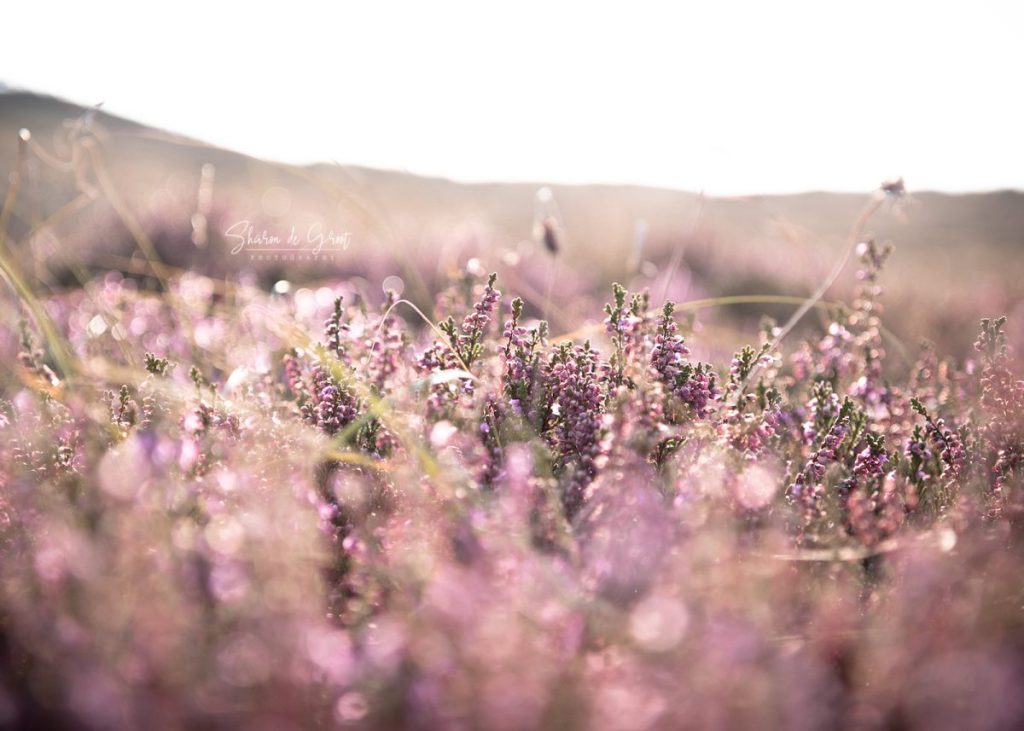
3. Brunssummerheide (Limburg)
Attention: As of August 2022, a massive fire has destroyed a big part of the heather field. 2022 is not the best year to visit the Brunssumerheide.
You cannot really go here if you’re staying in Amsterdam. Unless you’re okay with driving 2.5 hours, but if you happen to go to Maastricht you might want to add the Brunssumerheide to your list. Brunssumerheide is another nature reserve with a varied landscape. A deciduous forest, sand plains and different kinds of heather.
Things to do
You can follow different walking routes and there is one bicycle route. The Brunssumerheide is perfect for bird lovers. If you’re lucky you might hear a nightjar. Besides Nightjars you can find lizards, different kinds of woodpeckers,, grass snakes and a herd of sheep in this reserve.
Getting there
By car: Head to Schaapskooiweg, 6414 EL Heerlen (LB). You can park there and there are some information signs about the reserve.
By public transport: The nearest train station is Heerlen. From there you can take a bus to bus stop Heerlen, Kamperheideweg. From there it’s a 7-minute walk to the entrance (Schaapskooiweg).

4. National park Sallandse Heuvelrug (Overijssel)
The Veluwe might be the go-to spot for many when it comes to seeing the heather fields, but national park Sallandde Heuvelrug has got one of Europe’s biggest contiguous dry heath areas. Its landscape is very undutch because of the hills. This makes it feel very dynamic, definitely a stunning location!
Things to do:
You can become one with nature on one of the many walking or bicycling trails. In the park, you can find a wide variety of animals: doe, grass snakes, foxes, badgers, nightjars, cows and way more.
Getting there
By car: The park has multiple entrances. It’s a 1.5-hour drive from Amsterdam
- Holterbergweg 12, 7451 JL Holten
- Grotestraat 281, 7441 GS Nijverdal
- Molenweg, 7448 RC Haarle
By public transport
Head to either of these train stations Nijverdal or Holten. From Nijverdal it’s a 19-minute walk to the Nijverdal entrance. From Holten, it’s an 18-minute walk to the Holten entrance. This takes about 2 hours and 13 minutes by train. It might be interesting to stay near Zwolle, Nijmegen or Arnhem.
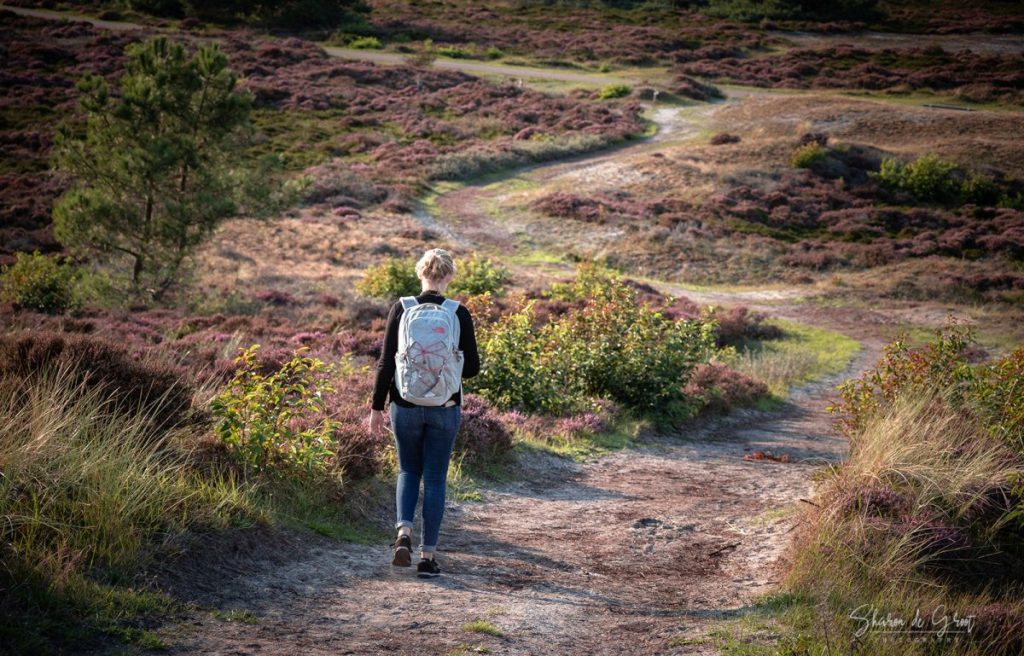
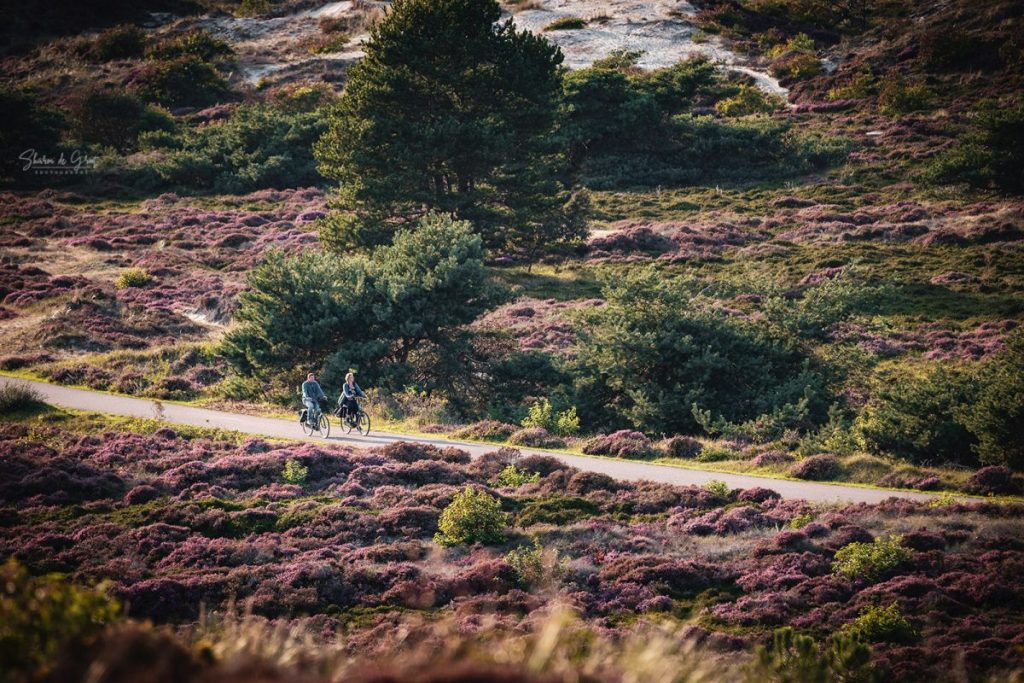
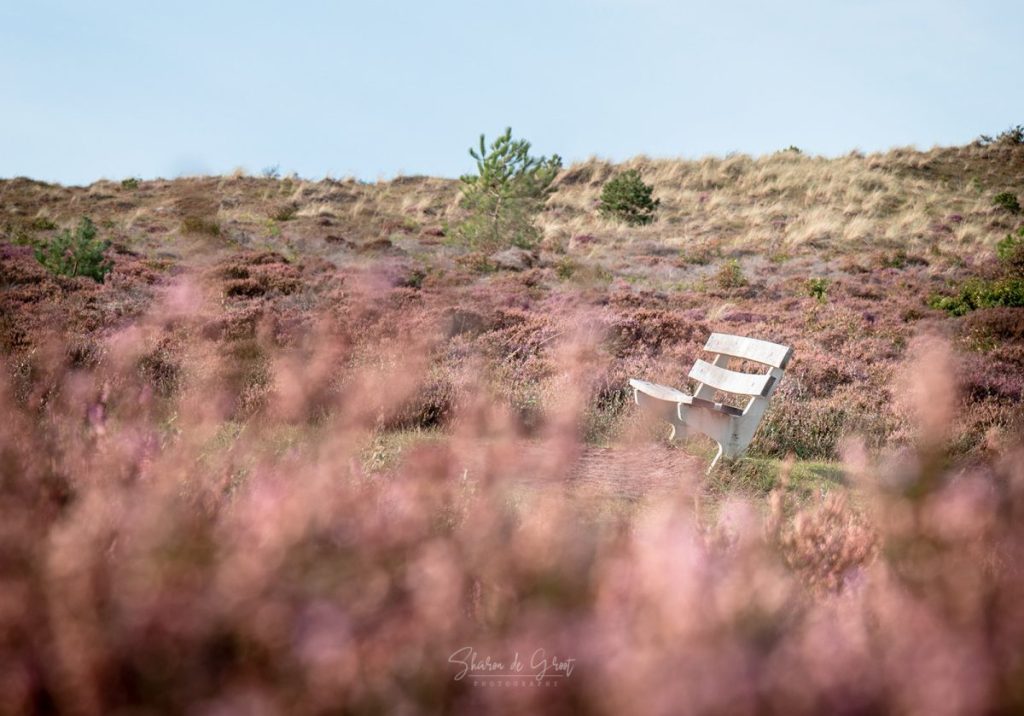
5. Schoorlse Duinen (North-Holland)
A lot closer to Amsterdam are the Schoorlse Duinen. You’ll find a mix of sand dunes and heather in this nature reserve. What makes this area so special is that it has got the highest dunes. Do keep in mind though, that this area is near the beach and thus a lot flatter than any of the others. That doesn’t make it less fun to visit, though.
Things to do:
Explore the park either by foot or by bicycle and once you’re finished head into Schoorl for a delicious ice cream or a cup of tea. You could also walk across the park all the way to the beach
Getting there:
By car: Head to Heereweg 62, Schoorl. It’s a 45-minute drive from Amsterdam.
By public transport: Head to Alkmaar train station and take bus 151 to Schoorl. Exit the bus at bus stop Idenslaan. It takes about an hour from Amsterdam.
6. Hilversum & Laren (North-Holland)
Wait, aren’t those cities? Yes, but this city is almost surrounded by heather fields. North of Hilversum, you can find the Bussumerheide (not to be confused with Brunssummerheide), a vast landscape of heather. A bit more to the south there is the Zuiderheide, an area of geological and archaeological importance due to the 4.000-year-old burial mounds. Finally, in the south of Hilversum, there is the Hoornboegse heide, another gorgeous location with even more traces of history. Think of burial mounds, cart tracks and tank ditches from the second world war. You will not find any hills in any of these parks, but you’ll be able to see miles away.
Getting there
By car: - Bussumerheide: Head to De Ruijterlaan 44, 1403 VG Bussum - Zuiderheide: Head to Oude Postweg 51, Laren - Hoornboegse Heide: Head to Utrechtseweg 140, 1213 TZ Hilversum, from here it's still a bit of a walk through the forest to the heather fields,
All take about 30 minutes from Amsterdam.
By public transport:
- Bussumerheide: Go to Bussum zuid trainstation. From there it’s a 21-minute walk to the entrance.
- Zuiderheide: Go to Hilversum Station. Take the bus to Huizen busstation, get off at the stop called Laren, Sint Janskerkhof. The entrance is next to Geologisch Museum Hofland, which is a 2-minute walk.
- Hoonsboegse Heide: Go to Hilversum Station. Take a bus that goes to Hilversum, Noodweg (check the NS or 9292 app for more information about what bus to take). From there it’s a 4-minute walk to the entrance.
All take about an hour from Amsterdam, walking included.

7. National Park Dwingelderveld (Drenthe)
Unlike the other parks, National Park Dwingelderveld has heather growing all summer long. This has to do with the different types of heather that grow there. The area of this national park is flat, and it is huge. Imagine this: everywhere you look there is heather. 5km away from you? Heather. Furthermore, Drenthe is a province filled with history. You might want to combine your visit to Dwingelderveld with a visit to one of the many dolmens (neolithic tombs) or Westerbork.
Things to do:
Did you know that all the snakes native to the Netherlands live in this park? Only one of them is venomous though, but don’t worry, they’re not aggressive. You might spot on during your walk through the park. Don’t get too close though. You can also bike through the park.
Getting there:
By car: Go to Benderse 22, 7963 RA Ruinen. You can park your car there. It’s about a 1 hour and 35-minute drive from Amsterdam.
By public transport: It’s not ideal to go by public transport, but it’s not impossible. It takes 2 hours and 22 minutes. Take the train to Meppel. Then take the bus to Ruinen, Benderseweg from there it’s a 23-minute walk to the entrance (included in the 2 hour and 22 minutes), but the heather field is close to the entrance.
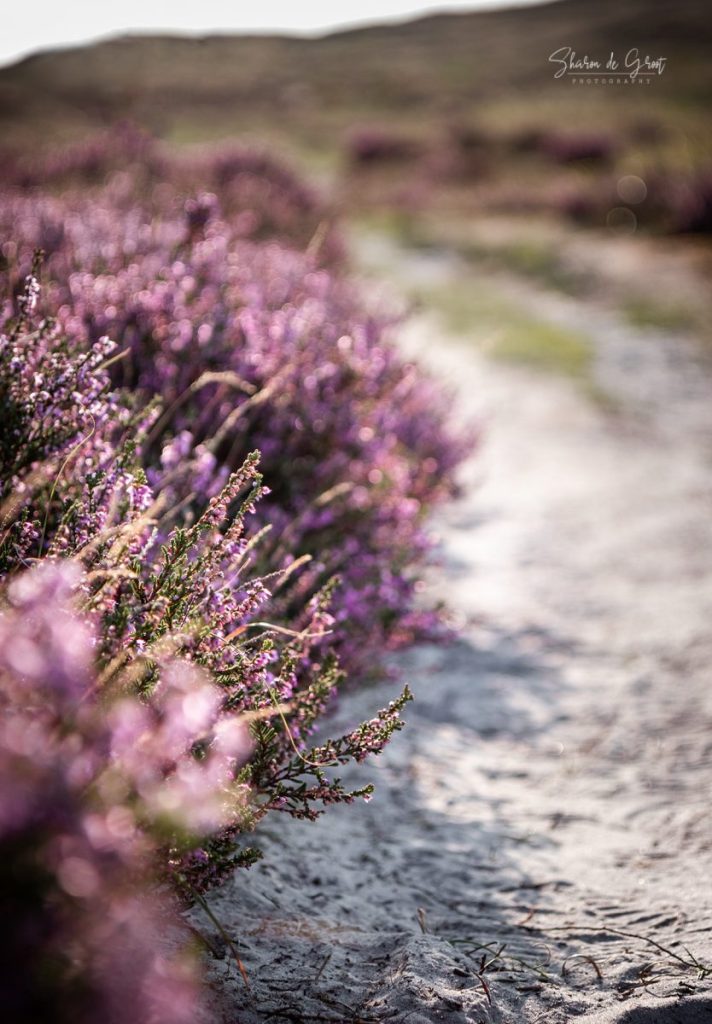
8. Lemelerberg (Overijssel)
This park is rather close to the Sallandse heuvelrug. Just like the Sallandse heuvelrug, Lemelerberg originated in the penultimate ice age. Lemelerberg is a moraine and thus a lot more hilly. Sandy plains, forests, springs, it has got it all. It’s very beautiful!
Things to do:
Go for a walk or rent a bicycle for the true Dutch experience. You might even see some sheep along the way.
Getting there:
By car: Go to Kerkweg 32, 8148 PZ Lemele, it’s a 1 hour and 31-minute drive from Amsterdam.
By public transport: Once again, it’s best to go by car yet not impossible by public transport. It takes about 2 hours and 21 min. Take a train to Ommen (you’re going to have to take multiple trains. Check NS app or 9292 to know which ones) from there, and take a bus to Dalfsen. Get off at the stop called Lemele, Theehuis De Lemelerberg. You’re now right in front of the entrance.
Map
Here is a map with all the above meantioned heather fields.
Hope you enjoyed this post 🙂 Have you ever been to either of these places or did you just add some of them to your list?
Subscribe to our newsletter!

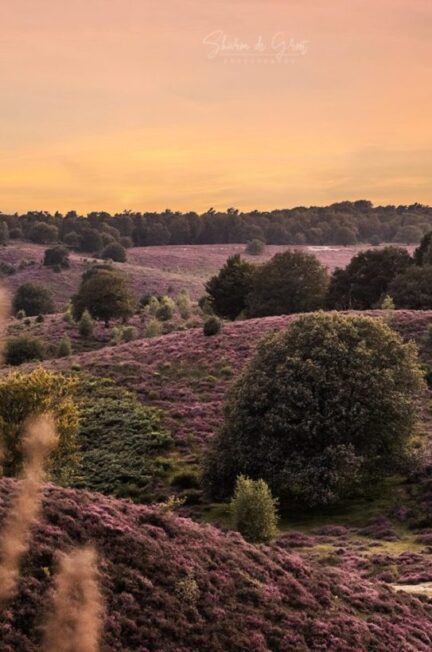
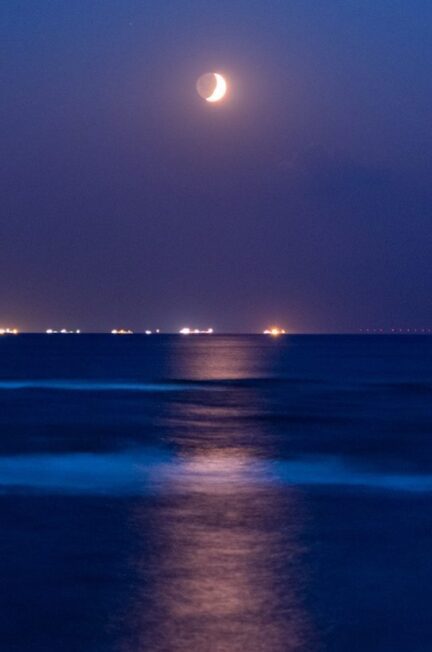
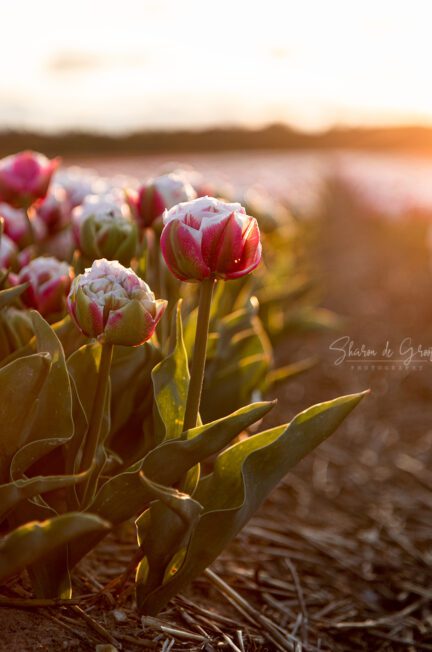
Thanks.
You’re welcome!